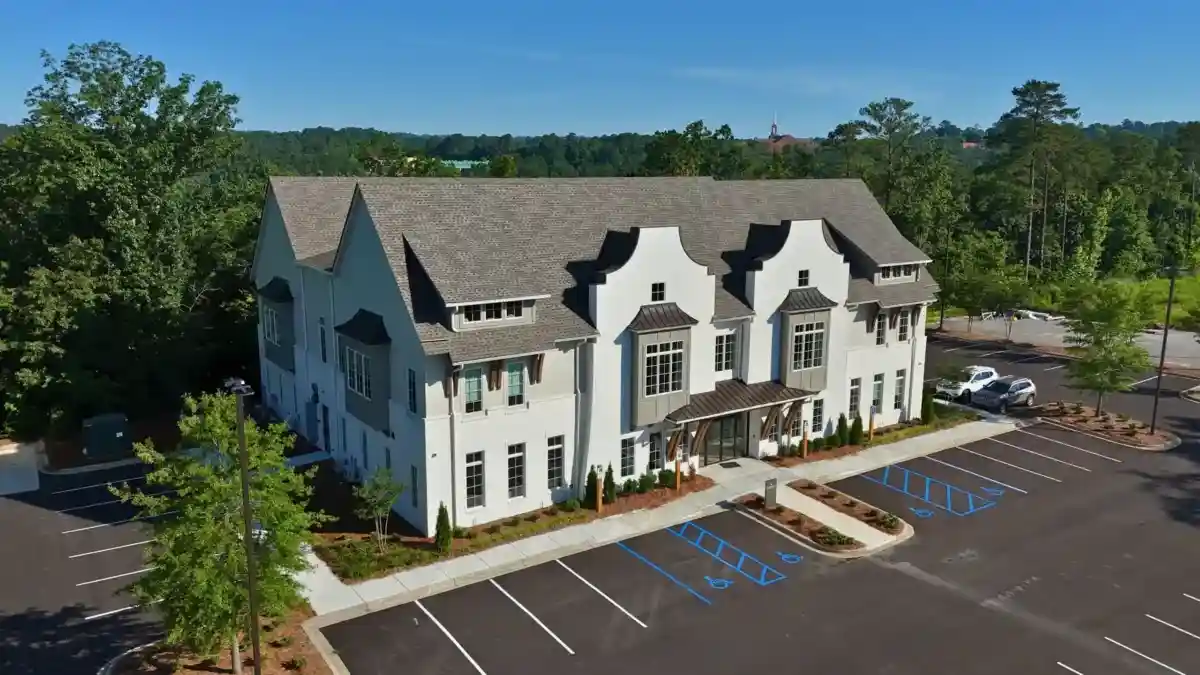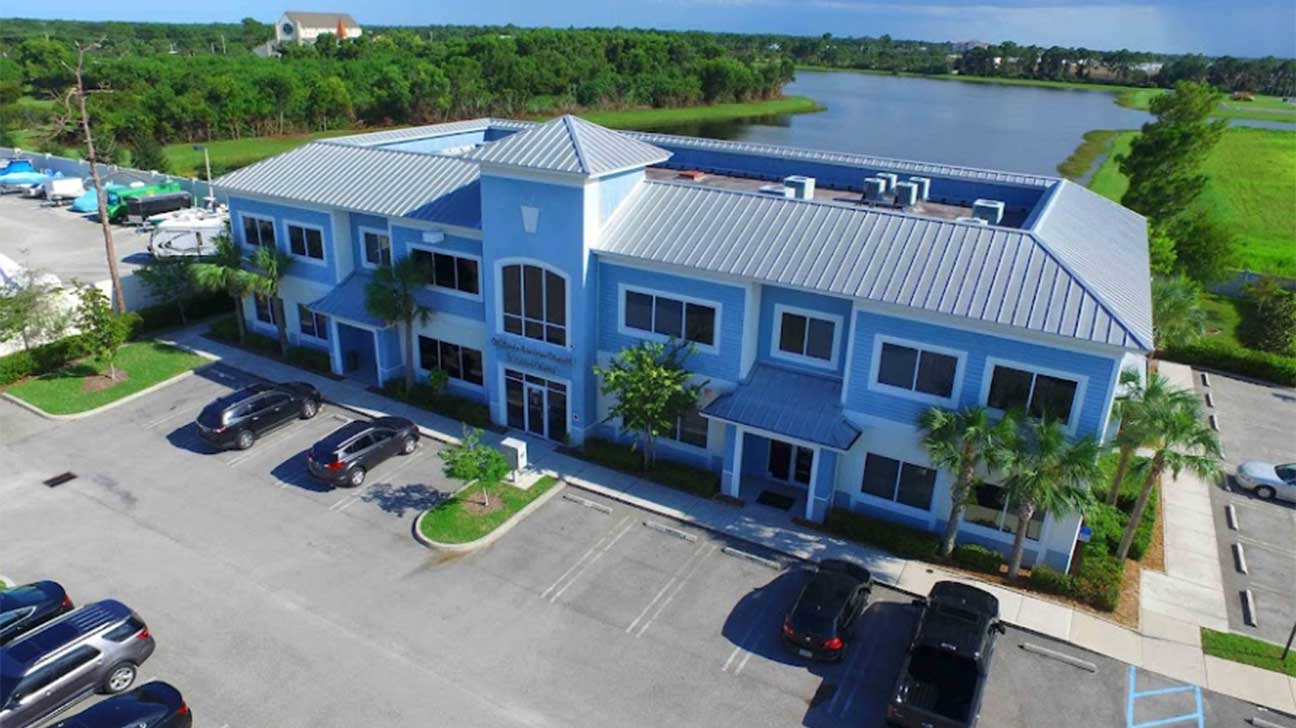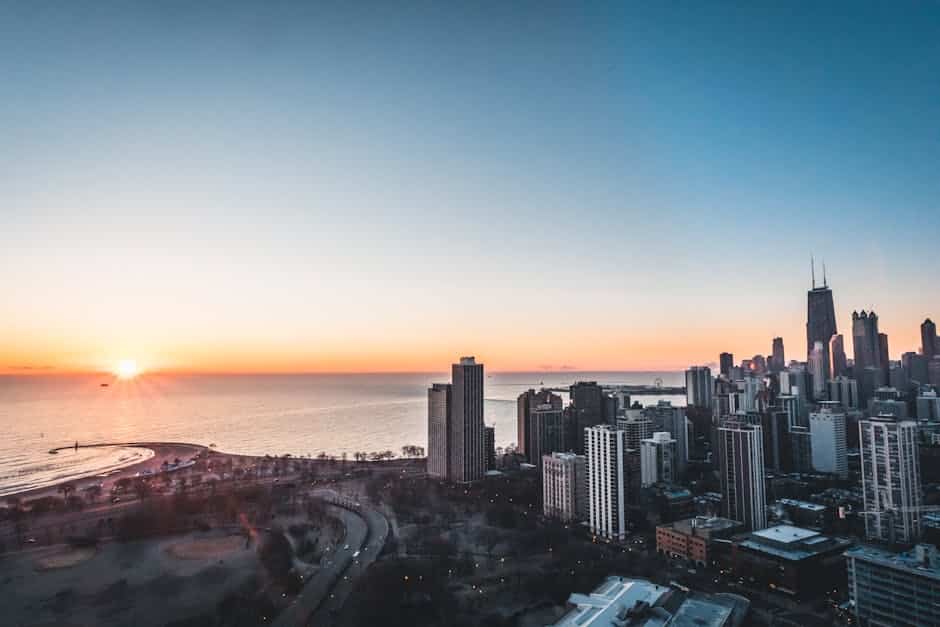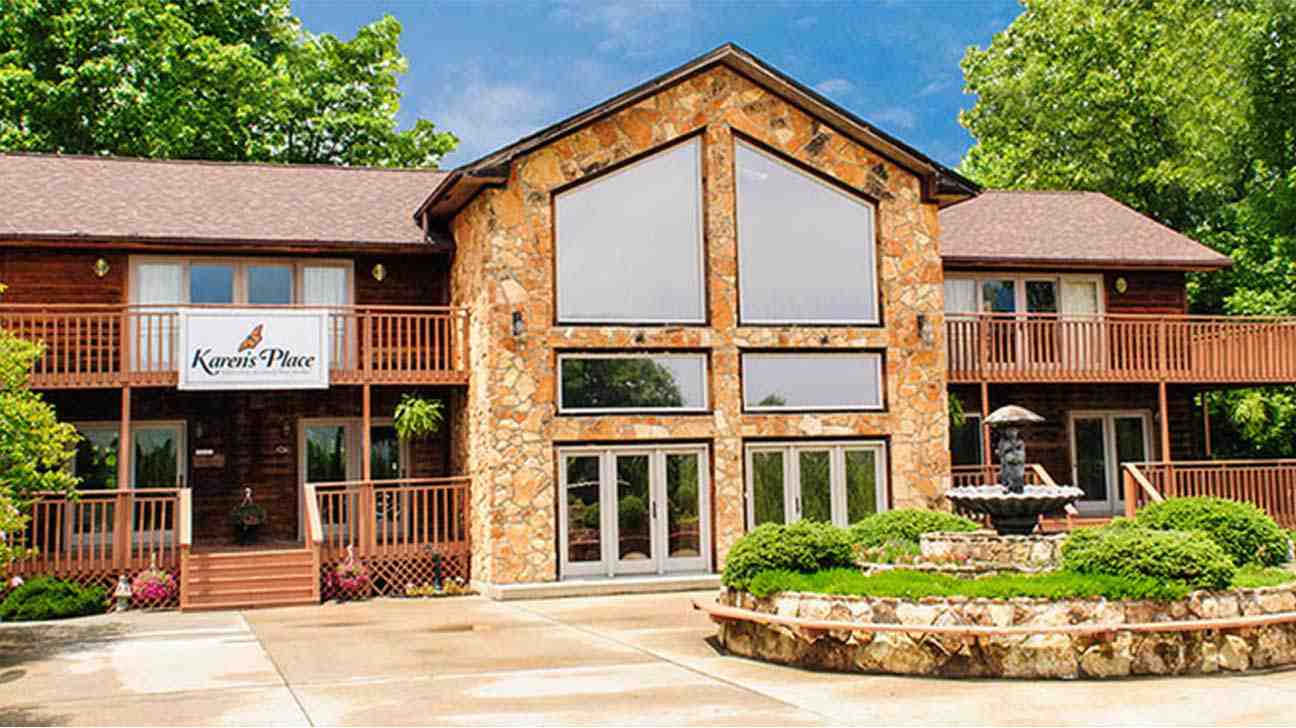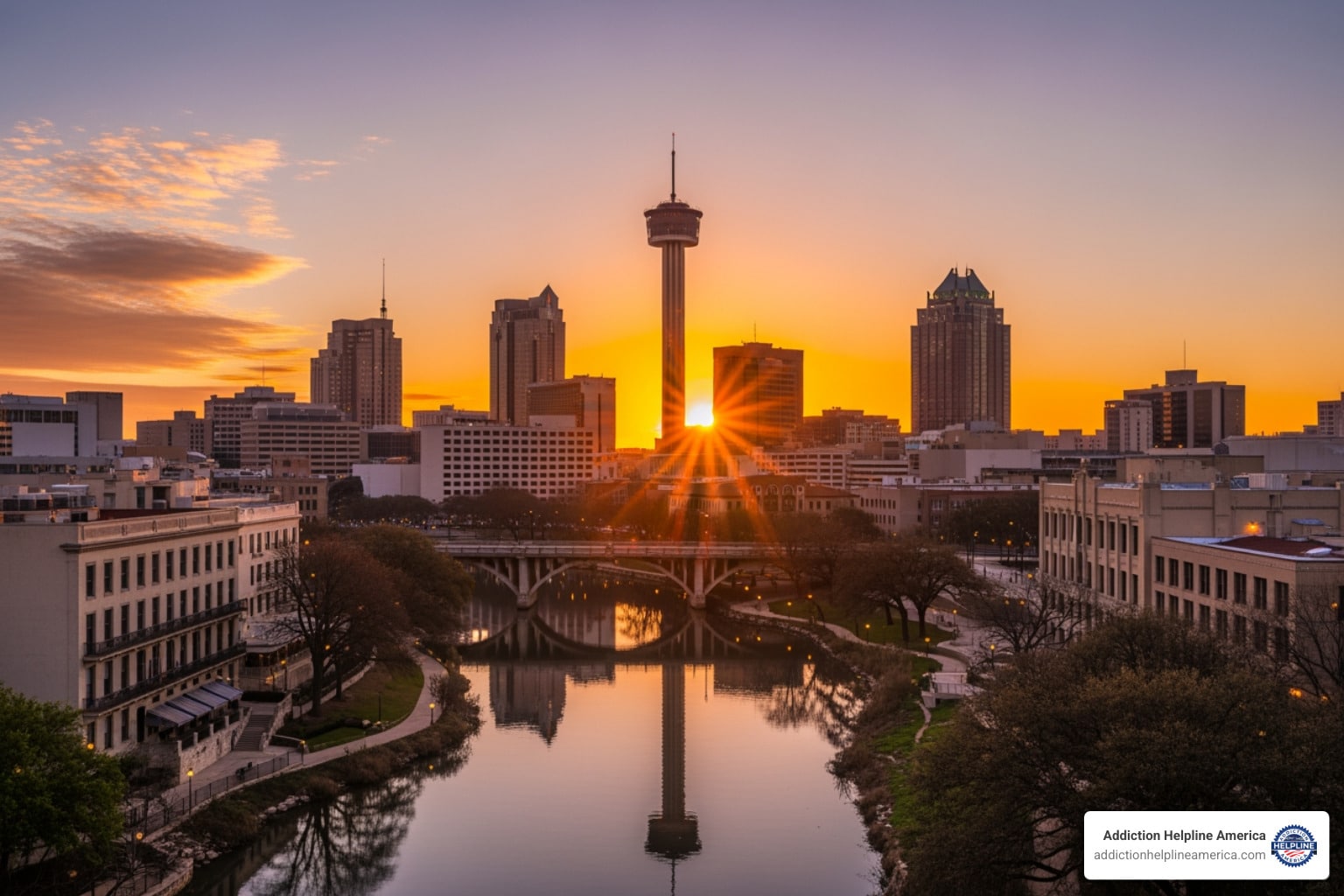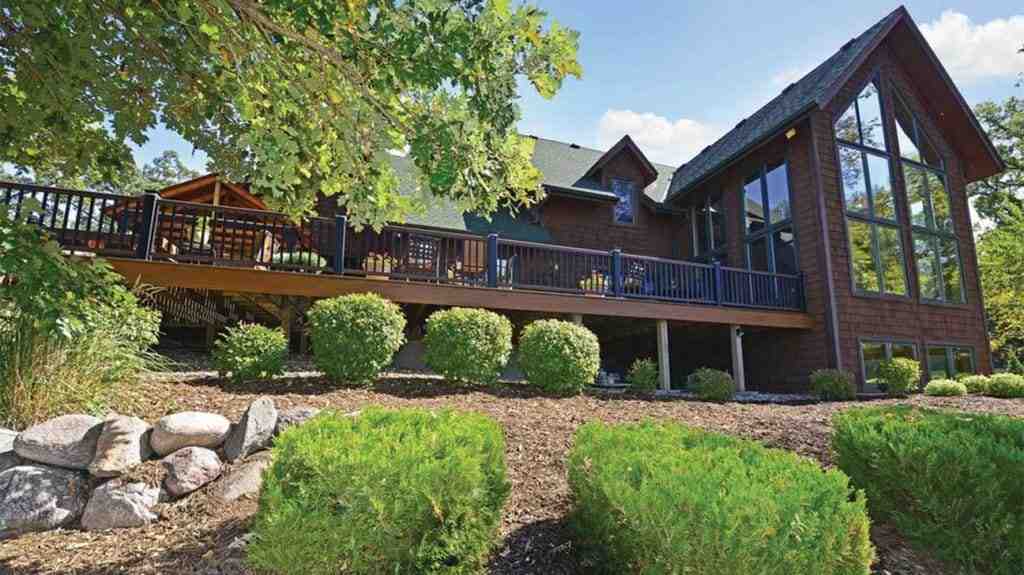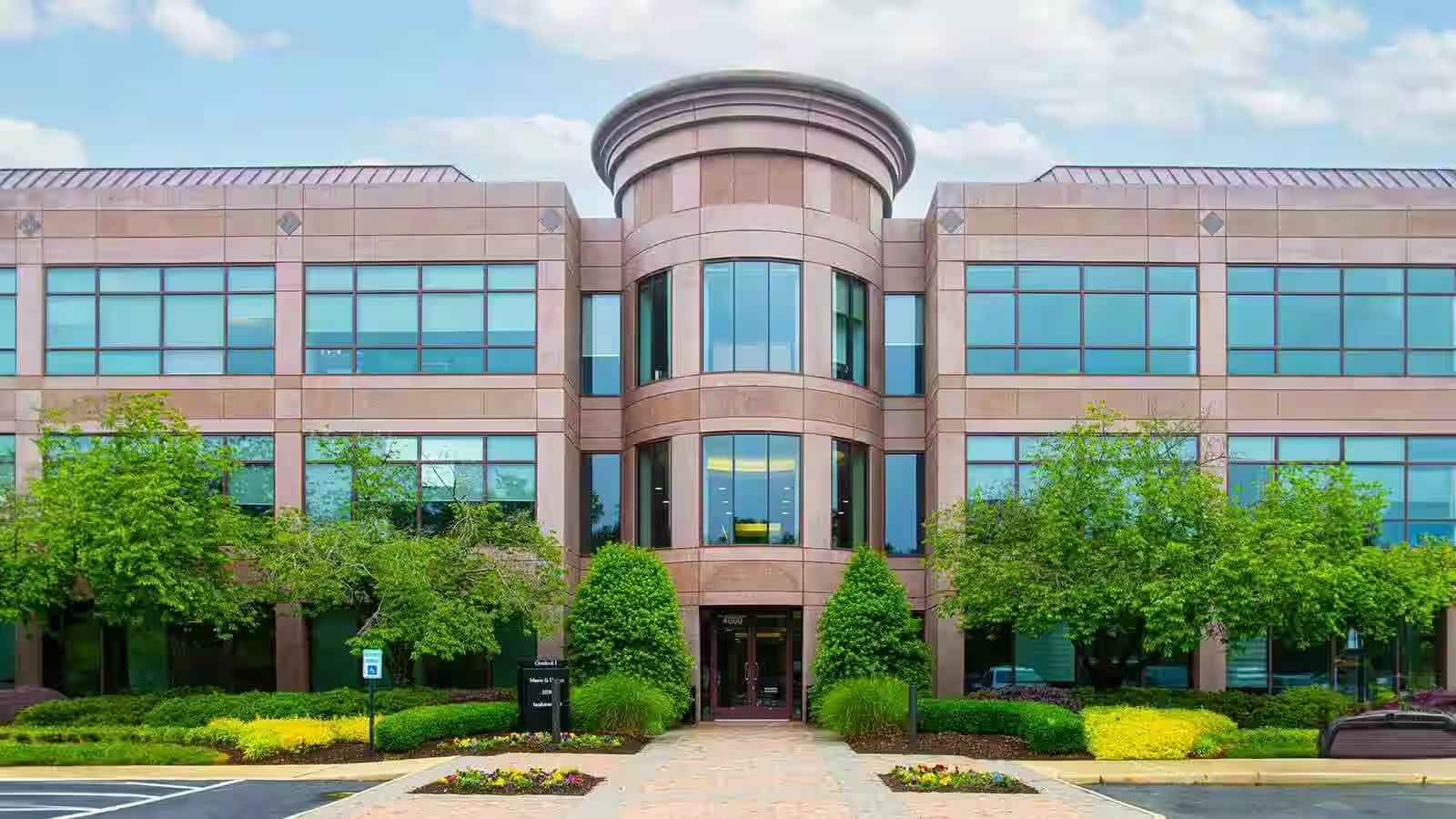
Why Choosing the Right California Addiction Treatment Center Matters
California addiction treatment center options can feel overwhelming when you or a loved one needs help urgently. Here’s what you need to know right now:
- Average Cost: $56,654 for substance abuse treatment in California
- Main Levels of Care: Medical detox, inpatient/residential (20-90 days), outpatient programs (IOP/PHP), and sober living
- Insurance Coverage: Most centers accept private insurance, with daily costs dropping from $629.49 to $125.90 for inpatient care with 80% coverage
- Key Features to Look For: DHCS state licensing, dual diagnosis treatment, evidence-based therapies (CBT, DBT), and comprehensive aftercare
- Top Locations: Orange County, Los Angeles County, San Diego County, Bay Area, and remote Northern California areas
California is home to more than 1,200 licensed addiction treatment facilities, each offering different programs, costs, and treatment philosophies. With approximately 340 rehab admissions per 100,000 population in 2023, finding the right fit for your specific situation is critical to long-term recovery success.
The path to recovery doesn’t have to be confusing. Whether you’re seeking treatment for alcohol addiction, opioid dependence, or co-occurring mental health disorders, understanding what separates exceptional treatment centers from average ones can literally save lives. California’s diverse landscape offers everything from luxury beachfront facilities to evidence-based outpatient programs that fit your daily schedule.
This guide breaks down the essential features of top-rated California treatment centers, explains different levels of care, and helps you steer costs and insurance coverage. You’ll learn what questions to ask, what credentials matter, and how to match your unique needs with the right program.
At Addiction Helpline America, we’ve guided thousands of individuals and families through the process of finding the right California addiction treatment center for their recovery journey. Our team of addiction specialists understands the local treatment landscape and connects people with evidence-based programs that align with their specific needs and circumstances.

Glossary for california addiction treatment center:
Understanding the Levels of Care in California
Finding the right California addiction treatment center means understanding the different levels of support available. Recovery is a journey, and California’s treatment system offers a full spectrum of care, overseen by the Department of Health Care Services (DHCS) for quality and safety.
Medical Detoxification: This is often the first step for physical dependence on substances like alcohol, opioids, or benzodiazepines. It’s a medically supervised process with 24/7 care to manage withdrawal symptoms safely and comfortably. Facilities provide constant monitoring and medication to prepare you for the therapeutic work ahead.
Inpatient or Residential Treatment: In this level of care, you live at the facility full-time. This immersive environment removes you from daily triggers, allowing you to focus on recovery through intensive therapy, education, and skill-building. Programs typically last 30, 60, or 90 days and provide 24/7 care that addresses both addiction and any co-occurring mental health issues.
Outpatient Programs: These programs offer flexibility, allowing you to live at home while receiving structured support.
- Partial Hospitalization Programs (PHP) are the most intensive, with 20+ hours of treatment per week.
- Intensive Outpatient Programs (IOP) offer 9 to 19 hours weekly, fitting around work or school.
- Traditional Outpatient involves less than 9 hours per week, focusing on long-term maintenance.
Sober Living Homes: These are structured, substance-free homes that bridge the gap between treatment and independent living. They provide peer support and accountability as you practice recovery skills in a safe environment.
Intervention Services: While not a level of care, professional interventionists can help families encourage a loved one to accept treatment. This is often the critical first step into a treatment program.
The DHCS licenses all substance use disorder facilities in California, ensuring they meet state standards. You can search for licensed facilities through a guide to licensed facilities on the DHCS website.
Understanding these levels helps you start at the right place and progress at a pace that supports lasting recovery. The best california addiction treatment center will offer seamless transitions between these levels as your needs change.
Call Now – Your Journey to Recovery Begins Today!

Take the first step towards a healthier life! Call now to connect with our compassionate team and start your recovery journey today. Your path to healing awaits!
Our recovery specialists are available 24/7 to provide support, and all calls are confidential and free. Reach out anytime – we’re here to help!
10 Key Features of the Best California Addiction Treatment Centers
Choosing a California addiction treatment center can be difficult. To distinguish the best from the rest, look for these 10 key features that define top-tier facilities and ensure an effective path to recovery.
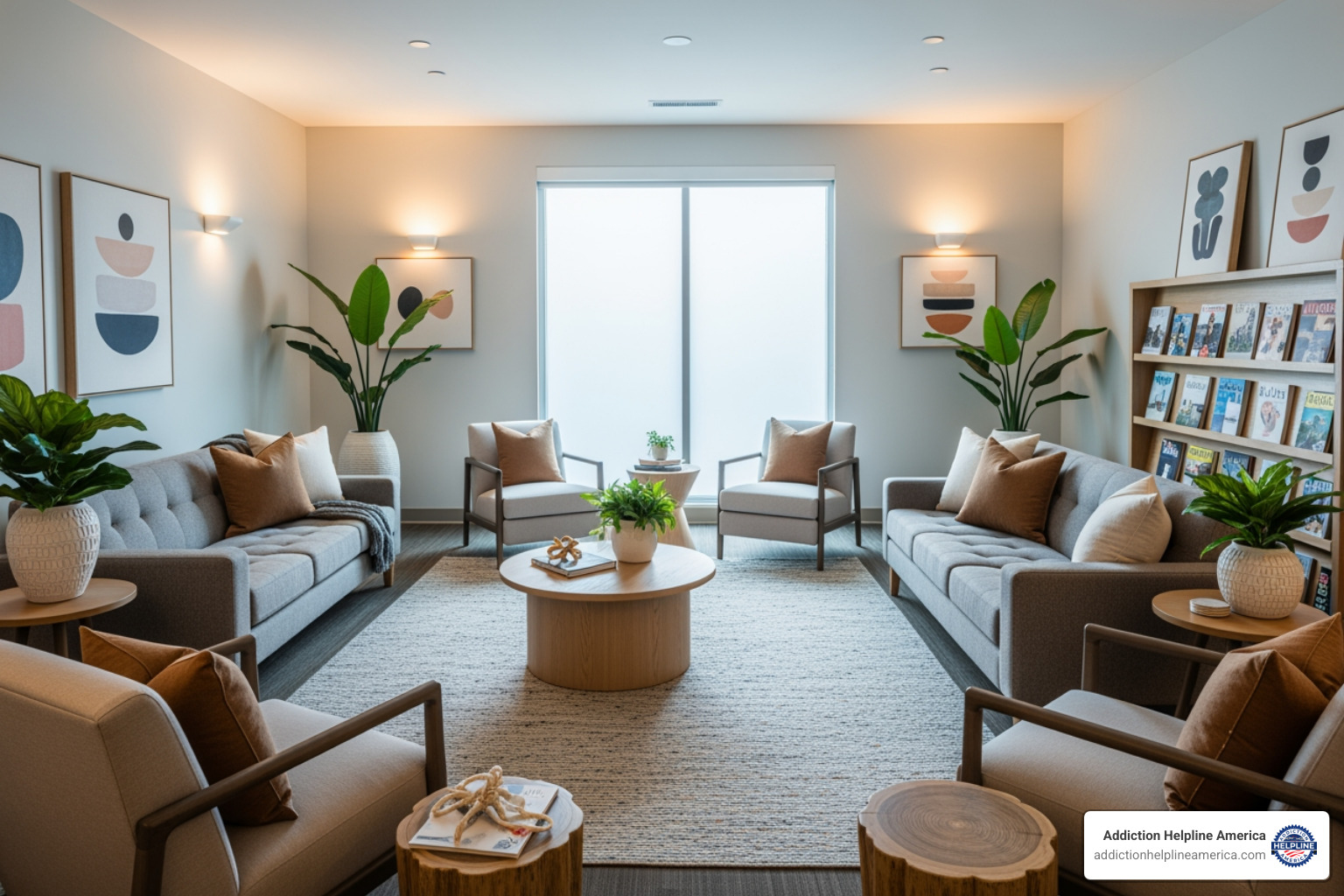
1. State Licensing and National Accreditation
A reputable California addiction treatment center must be licensed by the Department of Health Care Services (DHCS), ensuring it meets state standards for safety and care. Look for additional national accreditations from bodies like CARF or The Joint Commission (JCAHO), which signal a commitment to the highest levels of quality and best practices.
2. A Full Continuum of Care
Effective treatment is a journey, not a single event. The best centers offer a full continuum of care, allowing for seamless transitions as you progress. This includes medical detox, inpatient programs, outpatient programs (PHP/IOP), and robust aftercare planning. This “step-down” approach reinforces recovery skills and helps prevent relapse.
3. Evidence-Based Therapeutic Methods
Successful recovery is built on therapies proven to work. Top centers use evidence-based methods backed by scientific research, such as:
- Cognitive Behavioral Therapy (CBT): To change negative thought patterns.
- Dialectical Behavior Therapy (DBT): To improve emotional regulation and distress tolerance.
- Motivational Interviewing (MI): To build internal motivation for change.
- Individual and Group Therapy: To address personal issues and gain peer support.
4. Integrated Dual Diagnosis Programs
Substance use and mental health conditions like anxiety, depression, or trauma are often linked. This is called a dual diagnosis. The best California addiction treatment centers offer integrated programs that treat both conditions simultaneously. This holistic approach uses psychiatric evaluations, medication management, and specialized therapies to address all aspects of an individual’s well-being for lasting recovery.

5. Personalized Treatment Plans
No two recovery journeys are identical. A hallmark of an excellent center is its commitment to personalized treatment plans. Treatment begins with a thorough assessment to create a customized plan with specific goals. This plan is regularly reviewed and adjusted to ensure it remains effective.
6. How Location Impacts Your Choice of a California Addiction Treatment Center
California’s geography offers diverse settings for recovery.
- Southern California: Areas like Orange County and Los Angeles offer many facilities, often with luxury amenities and a strong recovery community.
- Northern California: The Bay Area or more remote regions provide a quieter, more secluded environment for healing.
- Traveling for Treatment: Sometimes, getting away from home helps you separate from triggers and start fresh. We can help you weigh these factors to find a location that supports your goals.
7. Holistic Therapies and Amenities
Top centers understand that recovery involves healing the whole person. They integrate holistic therapies to complement evidence-based treatment, such as:
- Nutritional counseling
- Fitness, yoga, and meditation
- Art and music therapy
- Outdoor activities
These promote overall well-being and a renewed sense of purpose.
8. Family Involvement and Support
Addiction affects the entire family, so leading California addiction treatment centers actively involve loved ones in the recovery process. This often includes:
- Family Therapy Sessions: To heal relationships and improve communication.
- Educational Workshops: To help family members understand addiction and learn how to provide effective support.
- Communication Skill-Building: To teach families how to interact constructively and set healthy boundaries.
9. Why Aftercare is Crucial for a California Addiction Treatment Center
Completing a program is just the beginning. A top center prepares you for life after treatment with comprehensive aftercare planning. Key components include relapse prevention strategies, alumni support groups, sober living arrangements, and ongoing case management to provide a safety net for sustained recovery.
10. Specialized Programs for Diverse Populations
The best centers offer specialized programs to meet the needs of diverse groups, including:
- Gender-specific treatment for men or women
- LGBTQ+ affirming care
- Programs for veterans or young adults
- Executive rehab for professionals
These programs ensure treatment is culturally competent and relevant for everyone.
Navigating Treatment Costs and Insurance in California
Let’s talk about money. Understanding the financial side of treatment doesn’t have to be another source of stress. We’re here to break it down.
The average cost for substance abuse treatment in California is $56,654, but your actual costs will vary. The biggest factor is the level of care. Inpatient treatment, where you live at the facility, costs more than outpatient treatment, where you live at home. Without insurance, a 30-day inpatient program at a California addiction treatment center averages $629.49 per day, while outpatient care averages $56.76 per day.
Other factors influencing the price include program length (30, 60, or 90 days), amenities (luxury vs. basic), location, and staff-to-patient ratio.
The good news is that most people don’t pay the full price. The Affordable Care Act requires most private insurance plans to cover addiction treatment. With 60% insurance coverage, the daily inpatient cost drops to about $251.80. With 80% coverage, it’s just $125.90 per day. For outpatient care, 80% coverage can lower the daily cost to around $11.35.
Your plan type (PPO or HMO) affects your choice of providers. PPO plans offer more flexibility, while HMOs require you to use in-network providers for lower costs. We can help you verify your benefits to see what your plan covers.
If you have Medi-Cal, California’s Medicaid program, you have access to low-cost or free treatment, as over 30% of California rehabs accept it.
Call Now – Your Journey to Recovery Begins Today!

Take the first step towards a healthier life! Call now to connect with our compassionate team and start your recovery journey today. Your path to healing awaits!
Our recovery specialists are available 24/7 to provide support, and all calls are confidential and free. Reach out anytime – we’re here to help!
For those without insurance, over 80% of facilities accept self-pay, and over 60% offer a sliding scale fee based on your income. Financing options are also often available.
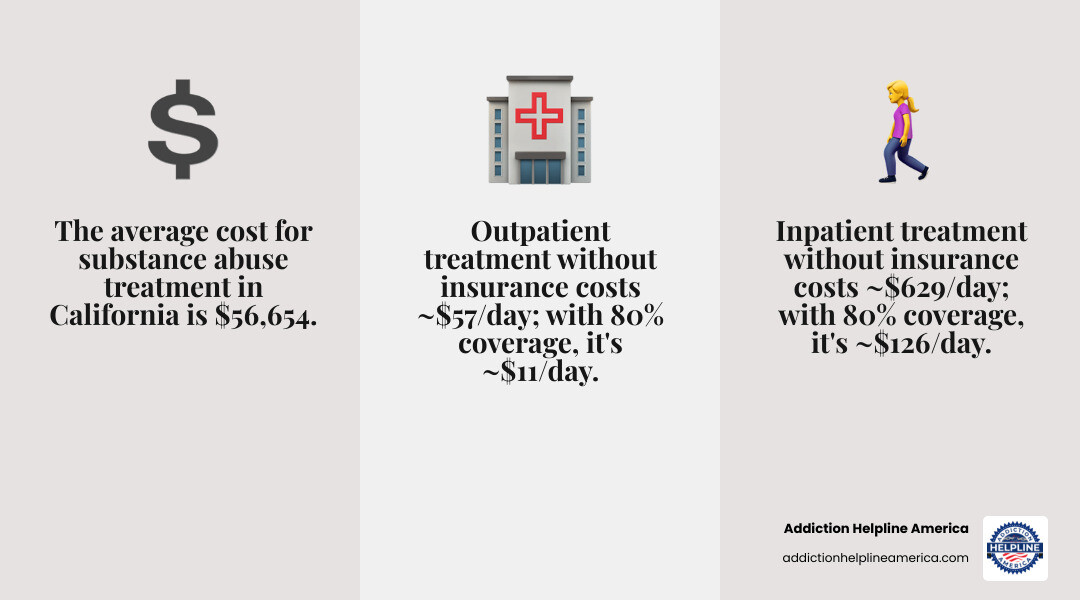
At Addiction Helpline America, we help you steer these financial questions. We’ll verify your insurance and connect you with a California addiction treatment center that fits your clinical needs and budget. We’re here to make sure finances don’t stand in the way of recovery.
Frequently Asked Questions about Addiction Treatment
When you’re considering a California addiction treatment center, questions naturally arise. Here are clear, honest answers to some of the most common ones.
How long does rehab in California typically last?
There’s no single answer, as treatment length is custom to individual needs. However, programs at a California addiction treatment center often fall into these timeframes:
- 30-Day Programs: A common starting point, ideal for transitioning from detox or for less complex situations.
- 60-Day Programs: Allow more time to develop coping skills and address underlying issues.
- 90-Day Programs: Often considered the gold standard for lasting recovery, as research shows longer treatment correlates with better outcomes. This duration allows for deeper therapeutic work and habit formation.
- Long-Term Treatment: Extends beyond 90 days for those with chronic addiction or complex co-occurring disorders.
Your progress matters more than a predetermined timeline. A quality center will adjust your care plan based on your specific needs.
What is the difference between inpatient and outpatient rehab?
Understanding this difference is key to choosing the right option.
- Inpatient (or Residential) Rehab: You live at the facility 24/7 in a highly structured, supportive environment. This immersive approach removes you from daily triggers and is ideal for severe addiction or if your home environment is not conducive to recovery.
- Outpatient Rehab: You attend treatment sessions at a facility but continue to live at home. This flexibility allows you to maintain work, school, or family responsibilities. Outpatient programs vary in intensity, from Partial Hospitalization (PHP) with 20+ hours per week to Intensive Outpatient (IOP) with 9-19 hours, down to traditional outpatient with just a few hours weekly.
The right choice depends on the severity of the addiction, your support system, and your daily obligations.
Can my family be involved in my treatment process?
Yes, and it’s highly encouraged. Quality California addiction treatment centers recognize that addiction affects the entire family and that their involvement is key to long-term success. Family involvement typically includes:
- Family Therapy Sessions: To rebuild trust, heal hurt, and learn healthier communication patterns in a professionally guided setting.
- Educational Workshops: To help loved ones understand addiction as a disease and learn how to provide effective support without enabling.
- Building Healthy Communication: Family therapy teaches practical skills for expressing needs and resolving conflicts constructively.
Healing the family system creates a strong foundation for recovery. At Addiction Helpline America, we prioritize finding centers that value and facilitate family involvement.
Finding the Right Path to Recovery in California
Recovery begins with a single step, but you don’t have to take it alone. Finding the right California addiction treatment center is a critical decision, and we’re here to help.
Every person’s needs are different. The first step is to honestly assess your situation. Do you need medical detox? Would a change of environment be beneficial? Are there co-occurring mental health issues like anxiety or trauma that need to be addressed?
Call Now – Your Journey to Recovery Begins Today!

Take the first step towards a healthier life! Call now to connect with our compassionate team and start your recovery journey today. Your path to healing awaits!
Our recovery specialists are available 24/7 to provide support, and all calls are confidential and free. Reach out anytime – we’re here to help!
Next, consider the practical side. Verifying your insurance benefits early on clarifies your options. Most private plans cover treatment, but coverage varies. We can help you understand your plan, including Medi-Cal or self-pay options, to find a program that fits your budget.
When speaking to centers, ask the right questions: Is the facility licensed and accredited? What therapies do they use? What are the staff’s credentials? How do they handle aftercare and family involvement? The answers will reveal if a center truly aligns with your needs.
The “best” center isn’t the most famous or expensive—it’s the one that fits your specific situation. At Addiction Helpline America, we offer free, confidential guidance. We know the California treatment landscape and can connect you with programs from our network that match your needs and have immediate availability. You don’t have to figure this out on your own. Recovery is possible, and it starts with finding the right support.
Find the right California rehab program for you.
Our helpline is 100%
free & confidential
If you or someone you care about is struggling with drug or alcohol addiction, we can help you explore your recovery options. Don’t face this challenge alone—seek support from us.
Programs
Resources
Will my insurance
cover addiction
treatment?
We're ready to help
Find the best
drug or alcohol treatment
center
Are you or a loved one struggling with addiction? Call today to speak to a treatment expert.




